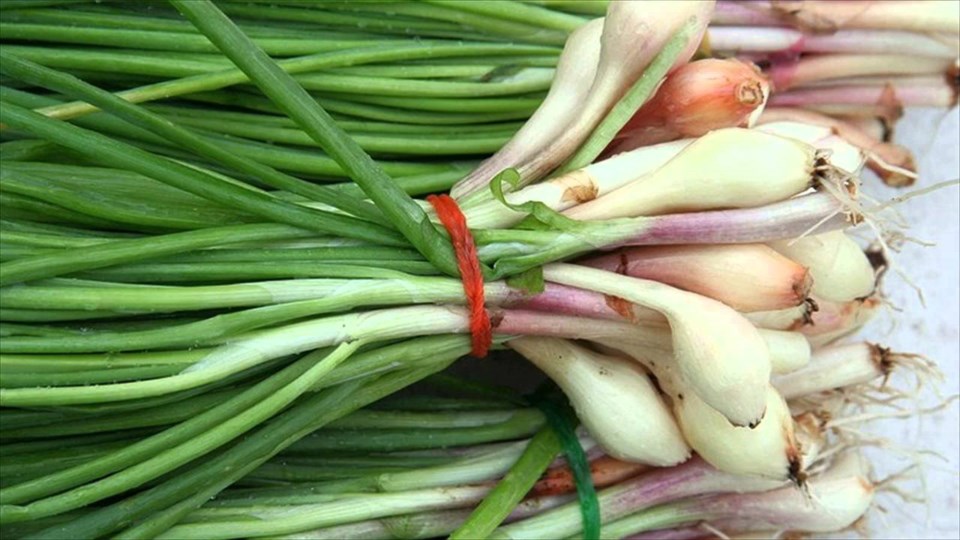Along with the growth in our culinary diversity, there’s been quite a resurgence in the demand for fresh herbs to add new flavours and zest.
They not only have delightful and useful foliage, but their fragrance and flowers can also be a welcome addition to any garden or patio. One of the key things to understand about herbs is the difference between perennial varieties that come back year after year and annual herbs that are more tender and should only be planted in late May or early June. Perennial herbs can be harvested all year round while most annual herbs will finish in late September or early October.
In the new reality of small space and balcony gardens, herbs adapt easily to both situations. They are among the easiest of plants to grow and are incredibly tolerant of neglect. Even so, they will perform and look far more beautiful with a little care and attention.
I’m a big fan of growing herbs in containers and I love to combine them with annuals or perennials. One of the first considerations, however, is the style of the container. Size does matter and the larger the better. Good-sized containers hold more soil and moisture and require less watering — a bonus during the hot, dry months of summer. If you intend to grow the hardier herbs year-round, make sure you purchase a frost proof container or at least ask for well-fired pots that will withstand modest to heavy frost. Move containers under eaves to minimize excessive moisture in the soil from winter rains and to prevent your pots from cracking.
There is a huge trend toward growing organically and it’s much easier today with a greater selection of organic products that are more reasonably priced and very effective. The soil you select for your containers should be both well draining and moisture retaining. I always look for professional soil blends rather than shopping price, and I add 20% organic matter, like composted manures and sea soil. Many totally organic soils are now readily available, but make sure they will drain well.
Two important considerations are nutrients and pest control. Weekly applications of an organic fertilizer will do the trick, but in hot summer weather an application at each watering will make a huge difference. Fortunately, most herbs are not troubled with many insect problems, except for aphids that can be easily washed off with a gentle spray of water or kept in check by a few doses of Safer’s Soap products.
Powdery mildew is always a challenging disease for herbs, especially in wet weather. I’ve found that organic defence is a great control.
Keeping your plants a little drier, rather than too wet, and watering in the morning so the foliage is dry at night is the best way to prevent diseases and keep your herbs clean and fresh.
When choosing herbs, select the varieties you know and use most frequently. Parsley, both the double moss curled and the single leafed Italian, is delightful in a range of dishes from soups and stews to lightly braised vegetables and egg dishes. It also makes a great garnish and breath freshener.
Chives are some of the hardiest and most ancient of all herbs. I love garlic chives added to cheese dishes, salads, herb butters and sour cream dips. In spring, the pink puffy flowers of chives are edible and nice to sprinkle on salads.
Mint can be invasive but is better behaved in containers. Today, we have many varieties of mint, ranging from apple and chocolate to orange and spearmint, and they are very popular as garnishes and in drinks and teas. Mojito mint anyone? They will also spice up salads, soups and meats.
These are, by far, the most popular and delightful of all herbs, and it’s hard to imagine a small balcony or garden without them.



